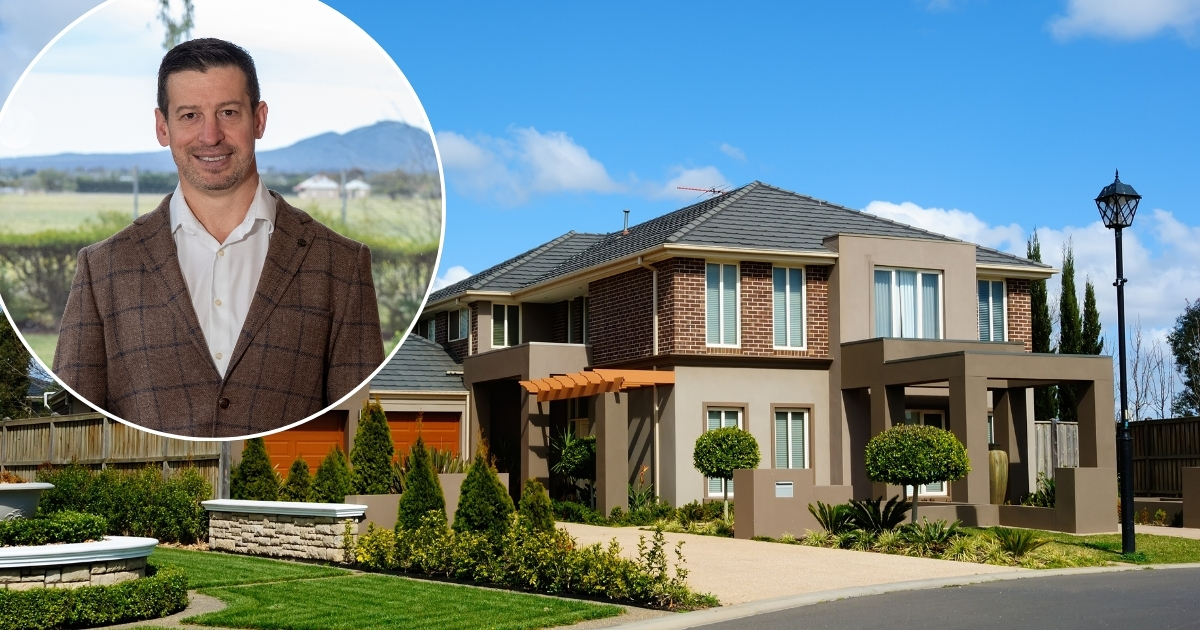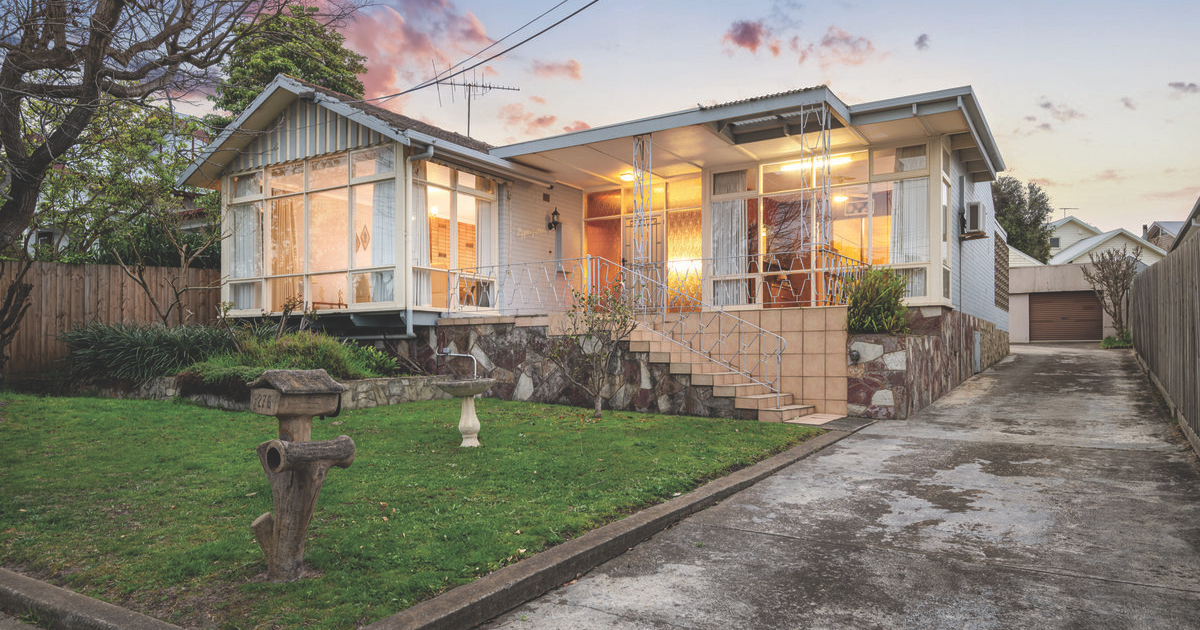Report shows land sales near bottom of the market

The Geelong Growth Corridor reached new lows over Q4 in both lot sales numbers and new lot supply as weak consumer sentiment continued to impact the new home market
According to RPM’s latest Greenfield Market Report, Victoria’s new land market appears to be nearing the bottom.
Sales for the final quarter of 2022 fell 24 per cent to sit just above the previous low in 2019, which was followed by a strong market rebound.
The report shows lot sales across the Melbourne and Geelong growth areas dropped to 2,054 during the fourth quarter, with the rolling 12-month average down 70 per cent year-on-year to 14,567.
Sales were just 10 per cent higher than the previous cyclical low of 1,865 lots at the end of 2019’s second quarter, before the market surged in the wake of the Covid pandemic to record a peak of 7,836 sales in Q3 2021.
The Geelong Growth Corridor reached new lows over Q4 in both lot sales numbers and new lot supply as weak consumer sentiment continued to impact the new home market.
Gross lot sales have now fallen 79 per cent in 2022 with the region making up just 8 per cent of total sales across the growth areas.
However, despite the falling volumes, pricing did increase with the median lot value up 1.6 per cent to a new peak of $385,000.
The latest report does reveal some good news for market watchers with the medianQ lot size rising slightly to 358sqm, pushing the median lot price up 1.5 per cent to a new record of $382,000.
RPM managing director of project marketing Luke Kelly said Q4 sales results showed affordability remained the market’s major challenge with customers taking longer to make a commitment due to the rising cost of living and ongoing interest rate hikes.
“Days on market has ballooned to 79 days as a consequence of prospective buyers watching and waiting on the sidelines and spending longer researching new communities, building costs and spending longer with financial institutions before making a purchasing decision.
“In the south-east, the days on market has doubled to 109 compared to the previous quarter, which is a massive shift.
“Lot sales activity is likely to struggle to gain momentum for the first six months of the year as people tighten their spending belts and banks reduce their borrowing capacity compared to six months before.”

Mr Kelly said other challenges included still-high construction costs with Melbourne’s CPI Index showing an 18.3 per cent increase for new dwelling purchases in the past year.
He said while the market had entered a trough, there were encouraging signs that indicated a positive outlook over the medium-to-long term.
“The RBA has announced a tenth straight increase to the official cash rate to 3.6 per cent, which is a decade-long high, however it also widely believed inflation peaked in December and is anticipated to start gradually easing through the back half of 2023, which should start to alleviate some cost of living pressures for buyers.
“Historically, consistent growth follows a downturn in the Melbourne market, although government stimulus can drive more rapid growth, which occurred after the second quarter of 2019 when sales rebounded significantly the following quarter.”
He said in each case the rebound was underscored by strong underlying demand, which built up during the market trough to fuel a rapid increase in sales.
He noted it was telling that investors were returning in force to the market making up 30 per cent of buyers during the December quarter.
“They know the current period represents a lull in the market and are buying to ensure they get ahead of the curve so they are in a good position when the recovery comes.”
Mr Kelly said increasing overseas migration to Victoria would also bolster demand and provide attractive conditions for purchasing new homes, with low rental vacancies and rising rents potentially providing a boost to sales activity from inner city residents looking to move to the growth corridors.
Townhomes had continued to perform well relative to houses and units, he said, with pricing above 2020 despite some softening in the market.

















